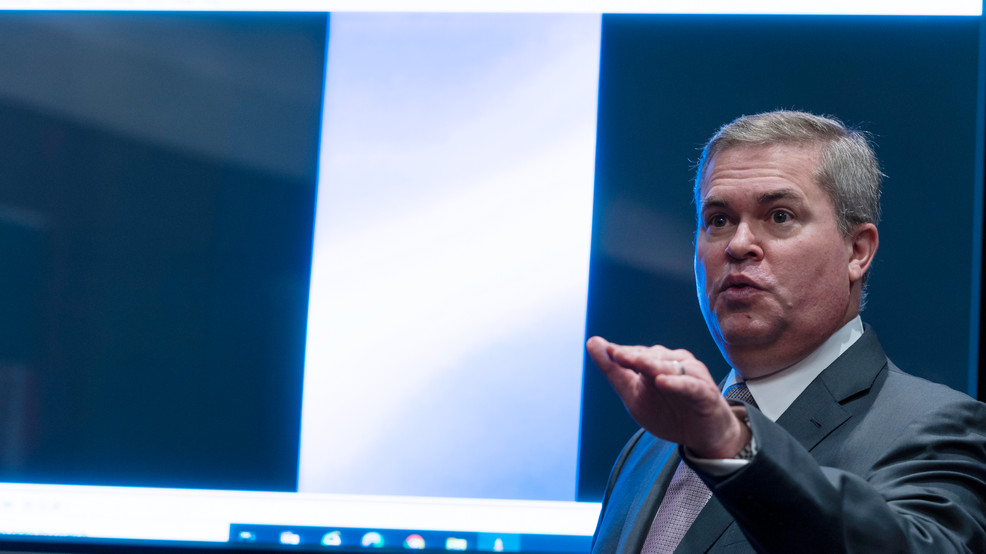WASHINGTON (TNND) — The recent congressional hearing on unidentified anomalous phenomena (UAP), formerly known as UFOs, has ignited a call for transparency from lawmakers across the political spectrum.
During the hearing, Chairwoman of the House Oversight and Accountability Committee, Nancy Mace, said:
I obviously would like to know how much taxpayers are spending on this. You have the right to know. And if we are spending money on something that doesn’t exist, why are we spending the money? And if it does exist, why are we hiding it from the public. Of course, national security is a big issue and if there is technology that could harm us or our allies that are in the hands of our adversaries, we obviously want to stay ahead of that to the best of our abilities.
The Department of Defense, which oversees UAP research, is set to receive a proposed budget of $850 billion in 2025. However, the exact amount spent on UAP research remains unclear, contributing to congressional frustration over the perceived secrecy surrounding the issue. The Department of Defense’s All-Domain Anomaly Resolution Office (AARO), established in 2022, is tasked with investigating these phenomena.
A group of bipartisan lawmakers in Congress introduced the UAP Transparency Act, which would require the declassification of all federal documents related to UAPs. The bill mandates that the president instruct federal agencies to release UAP research documents to the public within 270 days and provide Congress with quarterly progress reports. The UAP Transparency Act was referred to the House Oversight and Accountability Committee in May, but no further action has been taken.
AARO reviewed 757 new UAP reports between May 2023 and June 2024, identifying 21 cases that “merit further analysis” due to their “anomalous characteristics and/or behaviors.” Despite these findings, AARO’s report stated there is no evidence to suggest extraterrestrial life is responsible for these sightings.
“There are interesting cases that I, with my physics and engineering background and time in the intelligence community, do not understand. And I don’t know anybody else who understands them either,” said Jon Kosloski, the director of AARO.
